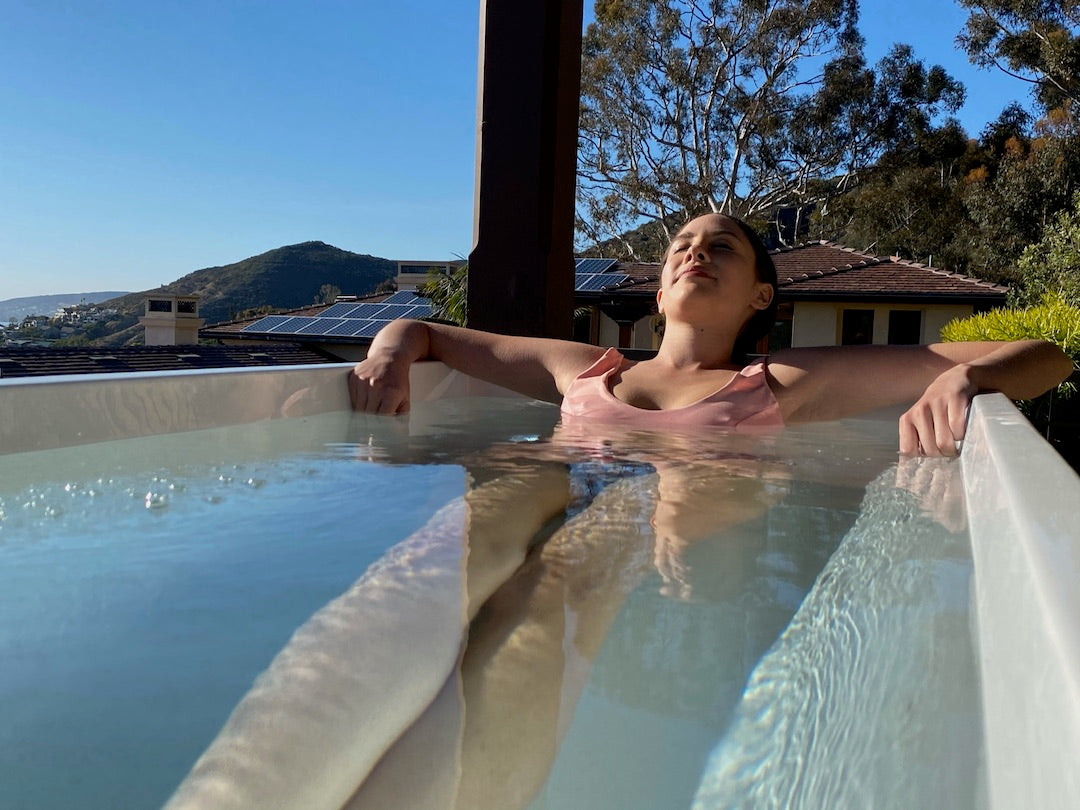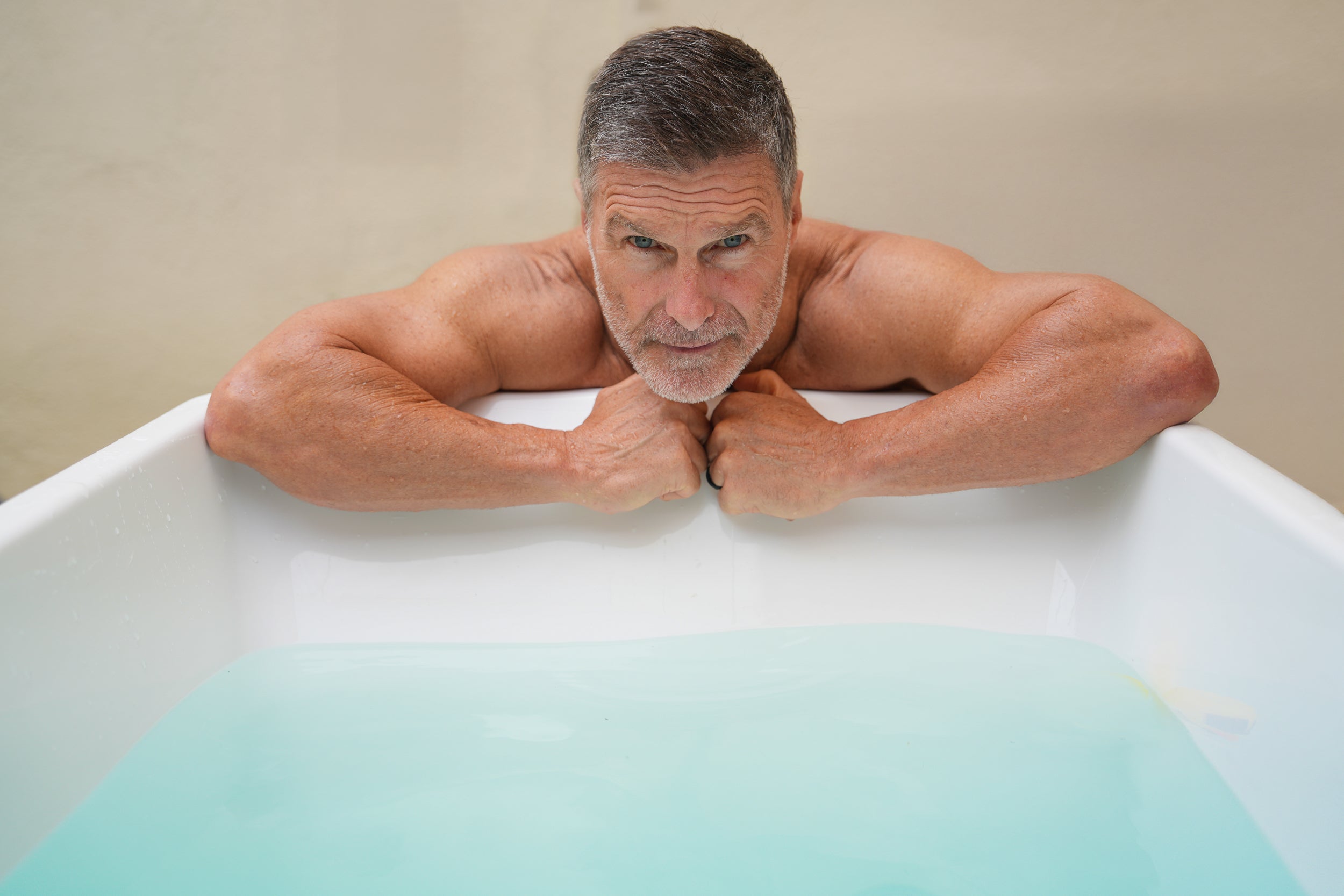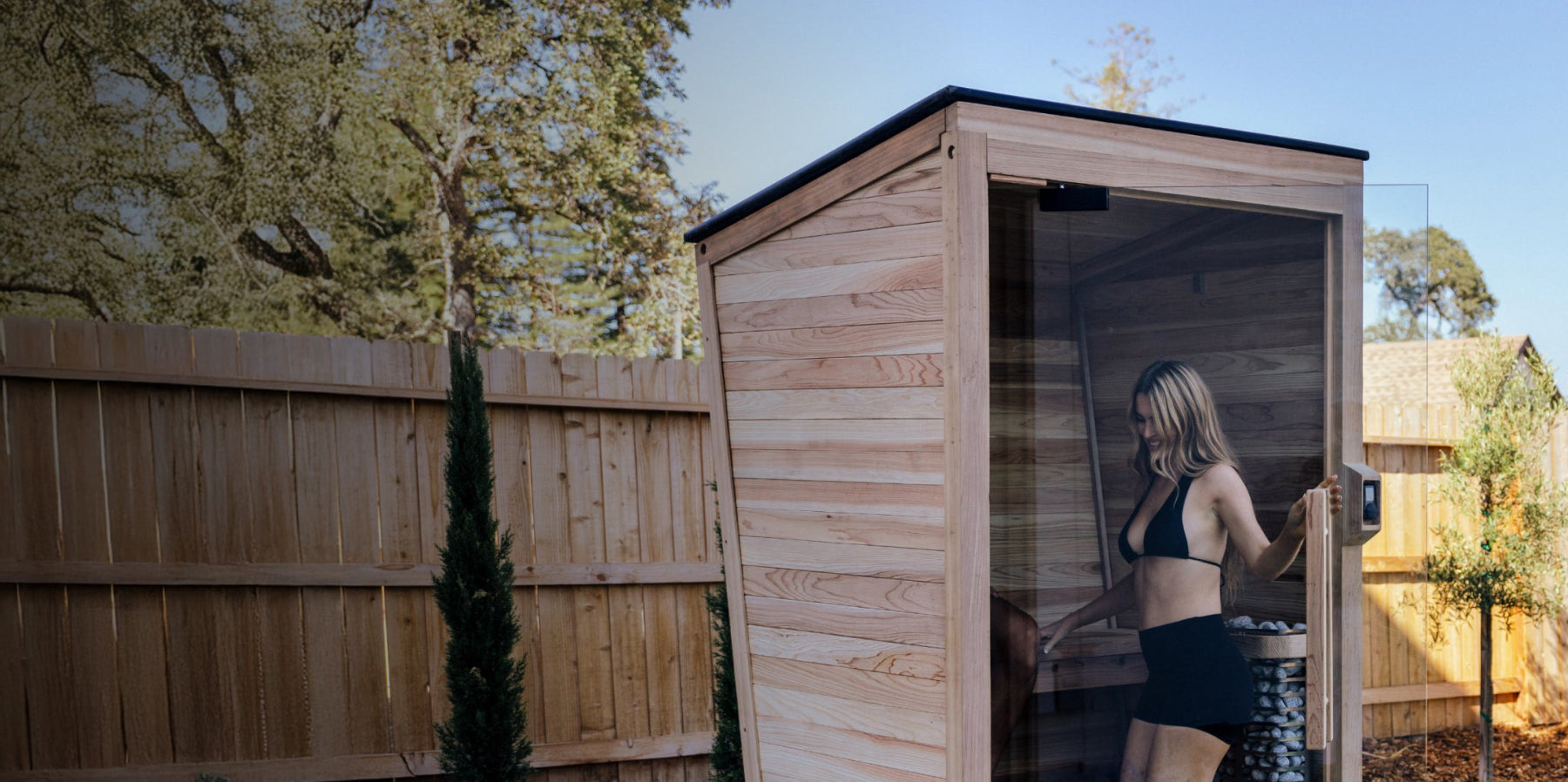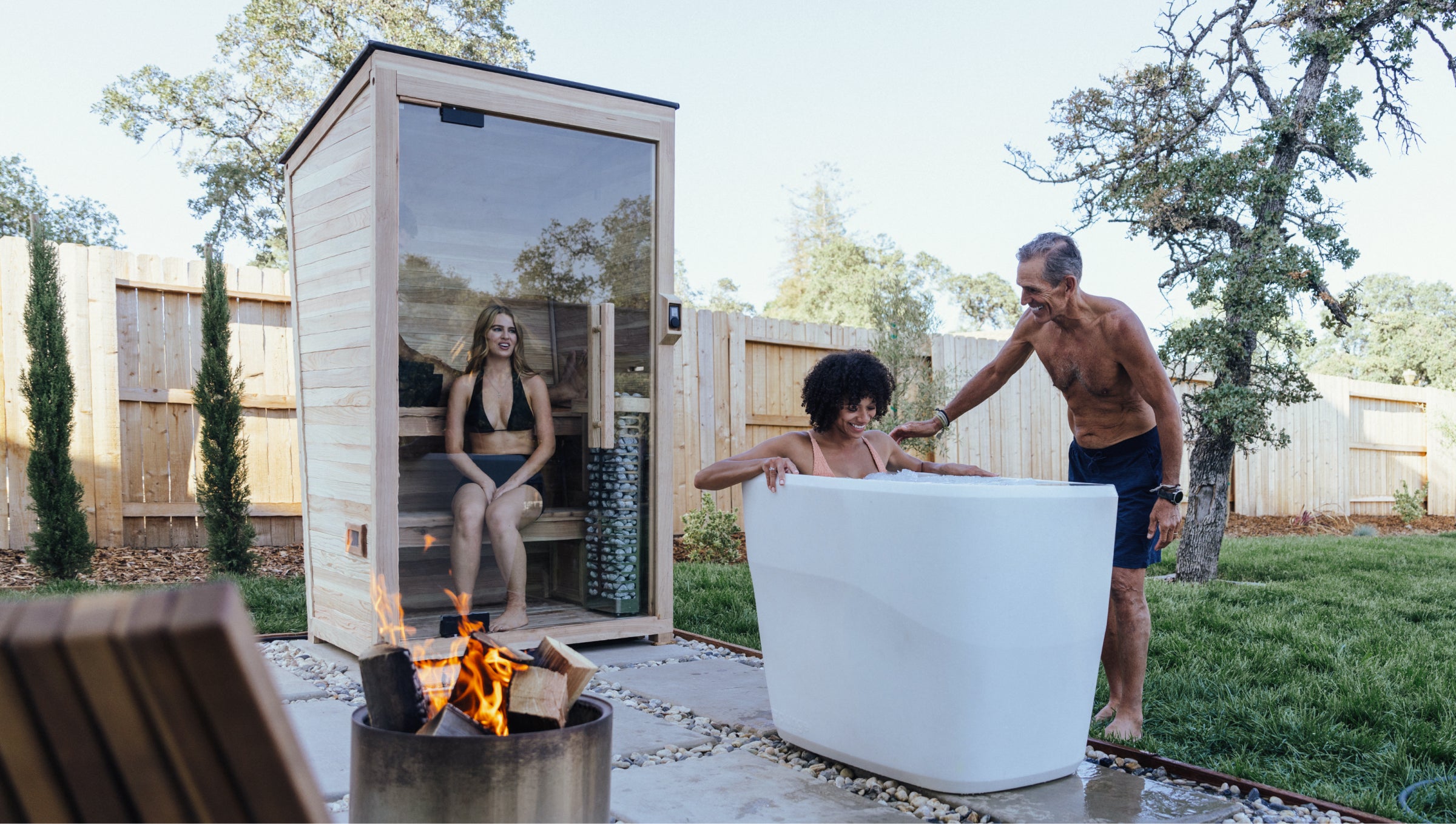
Ice Bath Do's and Don'ts
Ice baths are becoming increasingly common in society today, but many people are still hesitant about the idea. Plenty of this reluctance comes from the idea that ice baths are only for athletes or from a fear of cold temperatures. However, far from only being a tool for mega-fitness junkies and career marathon runners, ice baths can and should be used by anyone!
That being said, you shouldn’t leap into the nearest tub of cold water just yet. Like weight lifting, painting, or any hobby, you should take it slow at first and learn the basics before you go all in.
For instance, if you’re hesitant about the cold water, work your way up to it. When you hop in your next warm shower, turn it a couple of degrees cooler than you might typically. Slowly, you will adjust to the cooler and cooler temperatures, and before you know it, your warm water days will be over!
At Plunge, we know taking up a new hobby or routine can be intimidating, and we’re here to help. We’ll go over all the basic ins and outs of cold plunging, from temperature to timing, so that you can have the best experience possible.
How to Take an Ice Bath
An ice bath, or cold bath, depends on three main factors: time, temperature, and reasoning. We’ll go over each element in detail and explore what you should and shouldn’t do when it comes to your cold therapy experience.
When Should I Ice Bath?
Before you start on your cold plunge journey, you should determine your motivation or reasoning behind it. Like we said before, we believe that ice baths are for everyone. So long as you know why you want to do it, you’re set! To help you figure it out, here are some of our favorite uses for ice baths.
- Recovery- Despite their more recent popularity as a daily health routine, ice baths remain one of the best ways to help your body recover after intense movement. Whether you’re going on long runs or lifting heavy weights, ice baths can help speed up the post-workout healing process.
- Do: Make sure to combine it with some light active recovery exercises, like yoga and stretching, to recover faster.
- Don’t: You shouldn’t assume that an ice bath will be the perfect recovery tool. If it doesn’t seem like the right fit, consult with a doctor or trainer.
- Mood- A daily routine of short ice baths can help you more than just physically. When the human body comes into contact with cold water, the brain releases a flood of the hormone norepinephrine. Norepinephrine is associated with focus, emotion, and energy in the body, so you can see how a daily rush of it can help you boost your mood!
- Do: Try to plunge at a consistent time every day to help form a stronger habit.
- Don’t: We wouldn’t recommend plunging before you want to sleep. A cold plunge can act almost like a shot of espresso, so plan accordingly.
- General Health- In a combination of the two reasons above, a routine of cold plunges can be beneficial for your long-term health as well! In an ice bath, your blood vessels will constrict, bringing blood closer to the vital organs in your body. Once out of the tub, the vessels will expand again, resulting in increased blood flow back into the body. This process helps to reduce swelling and tissue breakdown and flushes toxins from the body.
- Do: Check with a doctor if you have any medical concerns that could be affected by the cold.
- Don’t: Get too warm too quickly. Instead, allow your body to warm up gradually instead of immediately heating up.
What’s a Good Ice Bath Temperature?
For the next topic in “Cold Plunge 101,” let’s take a look at the temperature of your ice bath. The temperature will vary depending on your previous experience with ice baths, so make sure you know what level you need to start at.
- Beginner- Even if you think you’re prepared for it, the temperature of some ice baths can take your breath away the first time you sit down. For absolute beginners, we recommend starting at 60 degrees Fahrenheit and slowly progressing to cooler temperatures.
- Do: Make sure you use a thermometer to get the right temperature or use a temperature-controlled tub, like the Plunge.
- Don’t: Let the temperature be painful in any way. Measuring the temperature and working your way to a comfortable temperature will only help you.
- Advanced- When you’ve become more accustomed to cold water immersion and the temperatures that come with it, you can start to experiment more with the temperatures! Remember, colder doesn’t necessarily mean better, so fiddle with the temps until you find the perfect one for you.
- Do: Explore different methods of recovery to combine with your cold plunge! For example, yoga and ice baths can make for an excellent wellness combo.
- Don’t: If you change the temperature drastically from one day to the next, you might find it hard to adjust. Go slowly at first!
How Long Should an Ice Bath Be?
The final factor we want to look at is time, as it is crucial to getting the most from your ice bath. If you stay in the ice bath for too long, you risk overexposure, and if you don’t last long enough, you won’t get the full benefit.
- Do: Aim for an ice bath time of around 2-5 minutes maximum. You don’t have to sit in there for a long time to reap the benefits, and unless you’re using it as a recovery tool, your ice bath doesn’t need to be longer than 5 minutes!
- Don’t: Be careless about staying too long in an ice-cold tub. You should get nowhere near 20 minutes. A longer soak does not help you recover faster, so time yourself accordingly.

Plunge
At Plunge, we’re committed to helping people achieve their cold, plunging dreams! Check out our blog for cold plunge tips and tricks, or try one of our PLUNGE tubs today!
Take the cold plunge challenge today and change your life!






